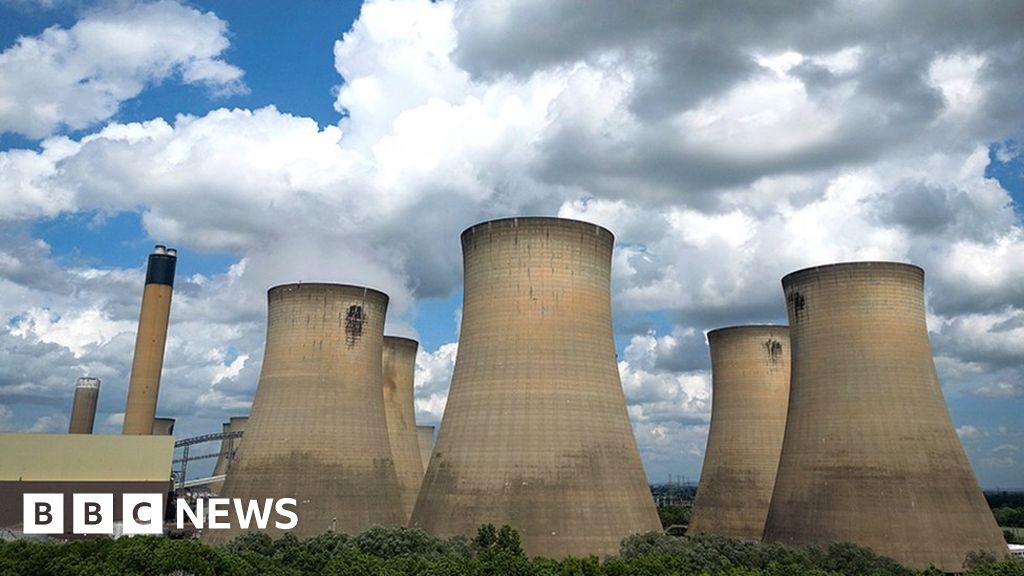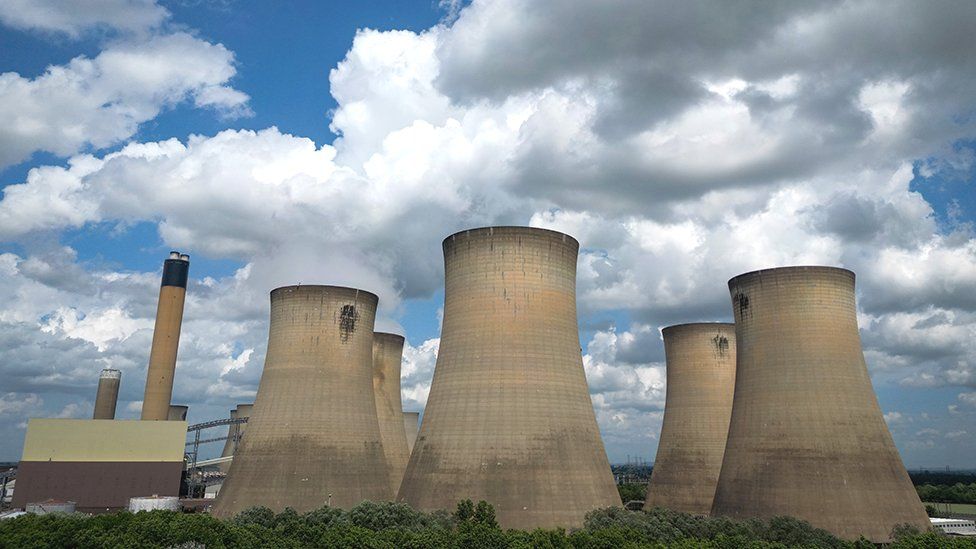
A power company that has received £6bn in UK green subsidies has kept burning wood from some of the world’s most precious forests, the BBC has found.
Papers obtained by Panorama show Drax took timber from rare forests in Canada it had claimed were “no go areas”.
It comes as the government decides whether to give the firm’s Yorkshire site billions more in environmental subsidies funded by energy bill payers.
Drax says its wood pellets are “sustainable and legally harvested”.
The Drax Power Station, near Selby in North Yorkshire, is a converted coal plant which burns wood pellets. In 2023, it produced about 5% of the UK’s electricity. The site has become a key part of the government’s drive to meet its climate targets.
Its owner, Drax, receives money from energy bill payers because the electricity produced from burning pellets is classified as renewable and treated as emission-free.
In fact, the power station emits about 12 million tonnes of carbon a year, but under international rules the UK doesn’t have to count these emissions.
All of the 6.5 million tonnes of wood pellets burned by Drax each year are produced overseas. Many come from Drax’s 17 pellet plants in the US and Canada.
In 2022, Panorama revealed the company had obtained logging licences in the Canadian province of British Columbia and filmed logs being taken from what the programme said was primary forest to a pellet plant owned by Drax.
Primary forests are natural forests that have not been significantly disturbed by human activity.
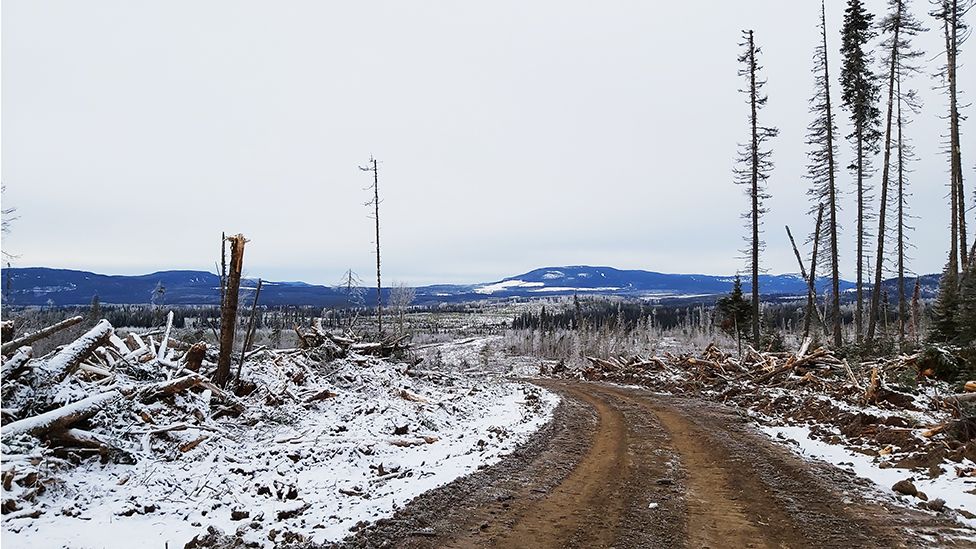
Following the BBC investigation, Drax denied taking wood from primary forests but said it would not apply for further logging licences in the province.
However, the company still takes whole logs from forests that have been cut down by timber companies.
Panorama has obtained documents from British Columbia’s Ministry of Forests that show the company took more than 40,000 tonnes of wood from so-called “old-growth” forests in 2023.
Old-growth is some of the oldest forest which the provincial government says provides “unique habitats, structures and ecological functions”.
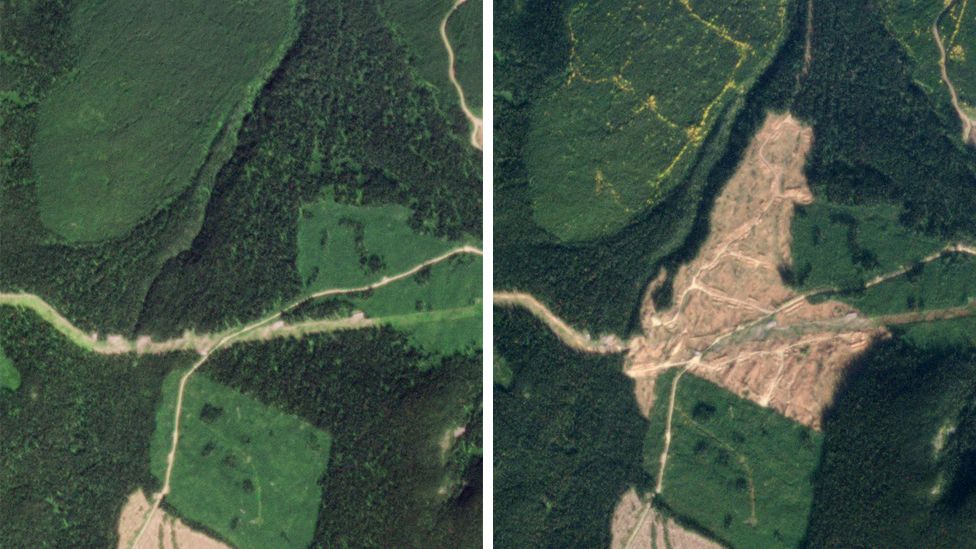
One example is an 87-hectare “cut block” called EM807M – located 180 miles west of the logging city of Prince George – which was all classified as old growth. Although a timber company held the licence to cut down the site, logging records show that Drax took 26% of all the harvested wood.
In total, Drax received 130 lorry-loads of whole logs from the site last winter. The wood was turned into pellets and some were burned at its Yorkshire power plant.
Ninety per cent of the cut block had the even higher classification of “priority deferral area”. This category is for old-growth forests that are “rare, at risk and irreplaceable”, according to an independent panel of experts in British Columbia.
The experts recommended that logging should be paused in priority deferral areas, but it’s still legal to cut them down. British Columbia’s provincial government says it is working to ensure more old growth is deferred and protected.
Forests ‘almost gone’
Drax’s use of timber from this “irreplaceable” forest was far from a one-off.
Forestry documents show that in the first nine months of last year the company took wood from 30 different timber marks in British Columbia where more than 25% of the forest had been designated as old growth. Twenty-six of those timber marks included the even rarer priority deferral areas.
Timber marks – codes beaten on to wood by specially made hammers – identify all of the wood cut under individual logging licences on one or more parcels of land. The timber mark paper trail meant Panorama could track logs to Drax’s pellet mills.
In total, Drax sourced about 55,000 cubic metres of whole logs – that’s more than 1,100 large truck loads – from timber marks containing old-growth forest.
Ecologist Michelle Connolly, from the British Columbia campaign group Conservation North, says making pellets from old forests can never be sustainable.
“Old-growth forests in British Columbia are almost gone because of 70 years of logging to feed sawmills and pulp mills, and Drax is helping push our remaining ones off the cliff, along with our native biodiversity,” she says.
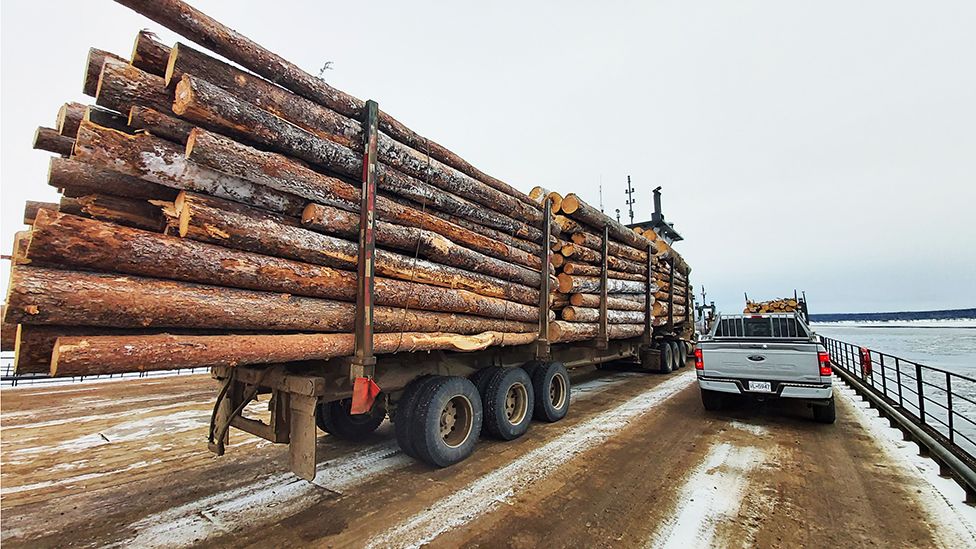
In response to the latest findings by the BBC, Drax admitted it has taken wood from old-growth forests. But it told Panorama that 77% of the material for its Canadian wood pellets came from sawdust and sawmill residues, with the rest coming from forestry residues and low-grade logs.
A spokesman for the company says that it keeps its sourcing policy and practices under regular review so that they “take account of evolving forest dynamics, legislation, policy, and science”.
Drax says that it decided in October 2023 to stop sourcing wood from old-growth priority deferral areas, and that “work to implement this decision through the supply chain is ongoing”.
The company doesn’t dispute that it is still taking wood from old-growth sites that are not priority deferral areas.
The burning of wood from old-growth forests contradicts the company’s previous claims. In a 2017 report about sustainability, Drax stated it would not take wood from what it called “no-go areas”. It said: “We do not take from protected forests, old growth or primary forest, sites that have been classified as having a high biodiversity value.”
Drax has told BBC Panorama that the 2017 document is “now obsolete” and that its current policy and practices are “more sophisticated”.
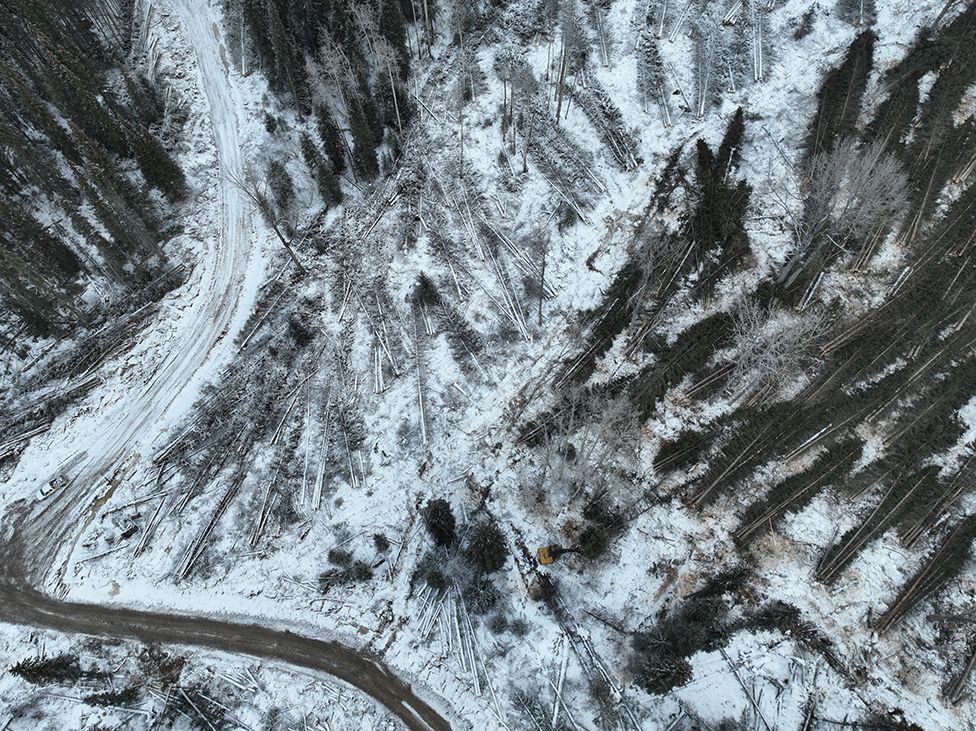
The company’s latest sourcing policy, published in 2019, makes no mention of protecting old growth or primary forest, instead it talks about avoiding “damage or disturbance to high carbon forest”.
The UK subsidy scheme for Drax Power Station is due to end in 2027, but the government is consulting on plans to extend it to the end of the decade, which could cost bill-payers an additional £4bn.
The company says the emissions released by burning wood are offset by the planting of new trees. But critics say it takes decades for the new trees to grow and that the new forests may never be able to capture that much carbon.
Drax helps the UK government meet its climate targets because, on paper at least, the power station is treated as emission-free. This is because international carbon accounting rules state that greenhouse gas emissions from burning wood are counted in the country where the trees are felled as opposed to where they are burned.
Any additional subsidies would be to support Drax while it tries to install carbon capture technology to reduce emissions at its power station.
Previously, the government’s scientific advisors on the Climate Change Committee – an independent non-departmental public body – warned that subsidies for burning wood pellets should not be extended beyond 2027.
Related Topics
-
-
3 October 2022
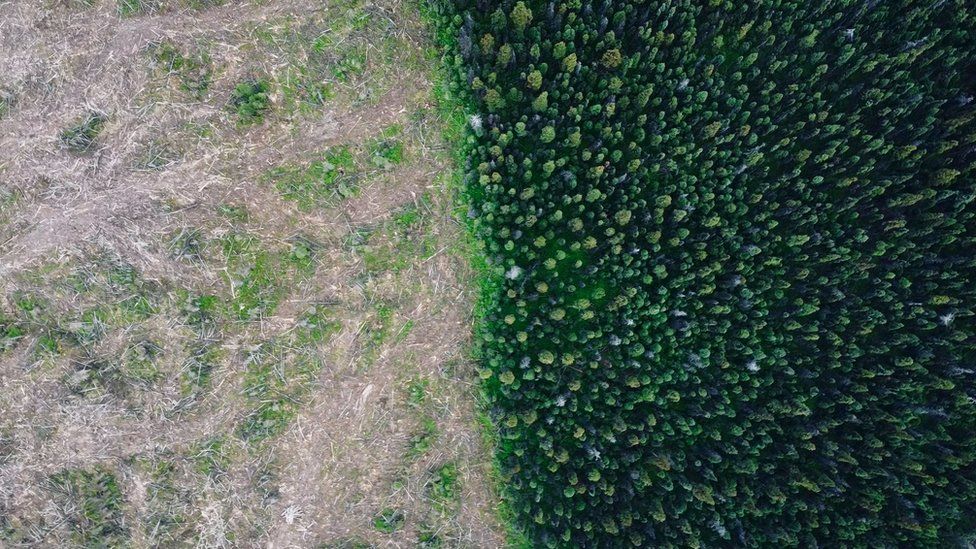
-
-
-
14 January 2022
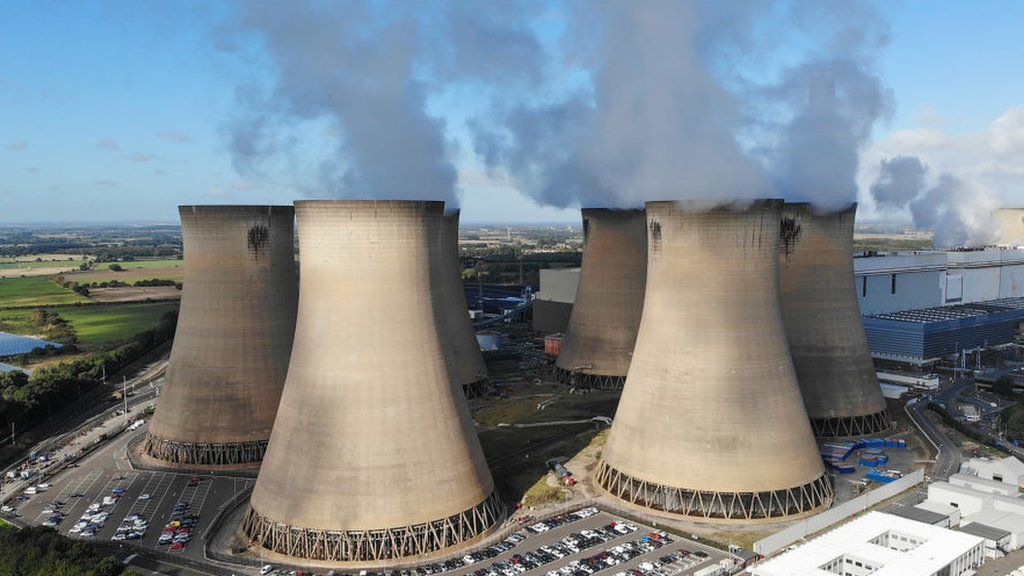
-
